When you’re insulating a building, it is important to ensure you have the best materials for the job. Fibreglass and mineral wool are two of the more popular types of insulation for this kind of project, and both will provide you with individual benefits depending on your requirements.
We’ve packed this handy guide with useful information for you so that you’re fully informed of some of the important factors to consider when deciding if fibreglass or mineral wool is the go-to for you.
Without further ado, let’s dive right in.
Table of contents:
- Glass wool insulation
- Mineral wool insulation
- R-value
- Sustainability
- Sound insulation
- Ease of installation
- Moisture resistance
- Fire resistance
- Cost
- Final thoughts
Glass wool insulation
Glass wool insulation, also known as fibreglass, is made from glass fibres. Glass is heated to very high temperatures until it melts, and is then spun quickly to create fibres. These fibres are then bound together to be used as insulation.
The glass fibres create pockets of air which act as barriers to prevent heat loss because air is a poor conductor of heat. Glass wool can be found in batts and rolls, loose-fill insulation and also within insulation boards.
Mineral wool insulation
Mineral wool, also known as ROCKWOOL or stone wool, is made from a selection of raw materials, such as stone and glass. These raw materials are treated in a similar way to glass, in that they are melted at high temperatures until they melt, and then they are spun to form fibres, similar to wool. This wool is then packaged up into batts, rolls or slabs.
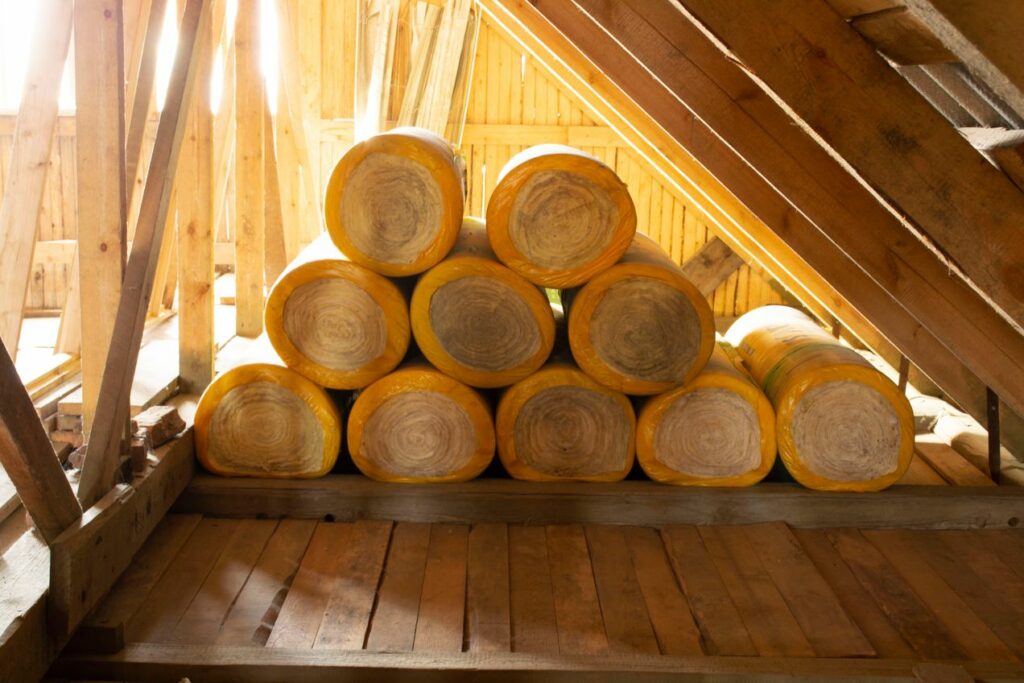
R-value
When comparing ROCKWOOL and fibreglass batt wall insulation, they have a roughly similar R-value of around 0.57 per inch of thickness. Because they have the same thermal conductivity – for instance, 0.044 W/mK for both Knauf Loft Roll Earthwool Insulation and ROCKWOOL Twin Roll Insulation – they will provide equal performance in this department.
Sustainability
If you’re looking at the most sustainable option, glass wool is generally made up of up to 86% recycled materials, whereas mineral wool in comparison consists of up to 70% recycled materials. As environmental impact and sustainability are becoming more of a focus, this is becoming more of an important factor when choosing the right insulation material.
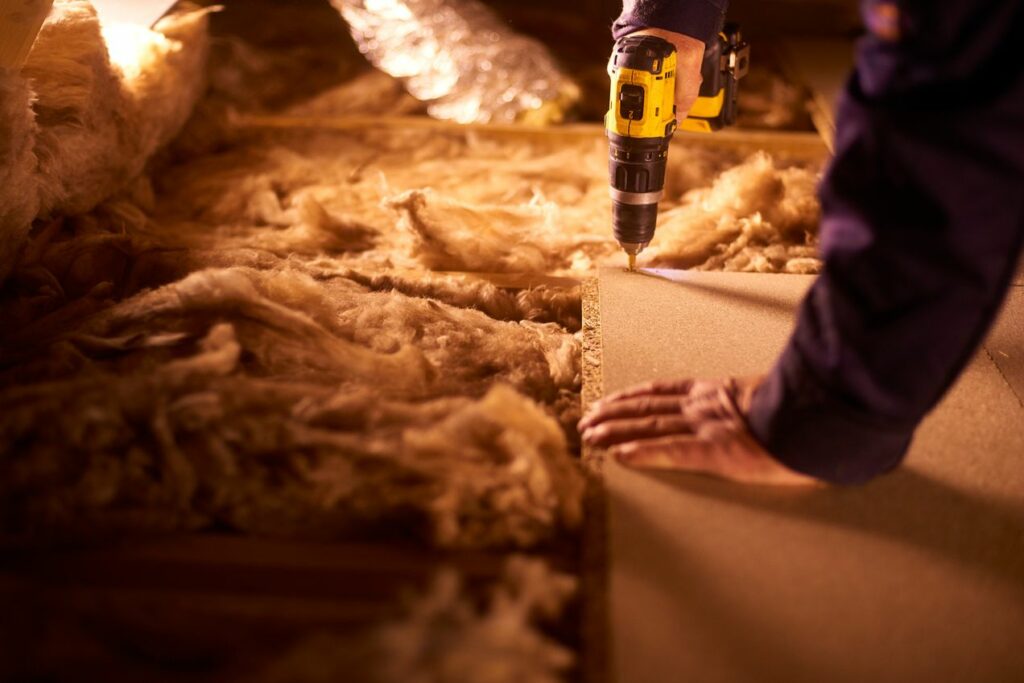
Sound insulation
In terms of sound insulation, mineral wool is often the preferred choice for noisy areas. This is because it is much denser than glass wool, so much less sound travels through the insulation.
Ease of installation
If you’re considering installing the insulation yourself, mineral wool is considered much easier to handle. Although heavier than glass wool, mineral wool is much easier to cut, move and fit into place. Glass wool on the other hand is limper, which makes it hard to fit into the spaces required.
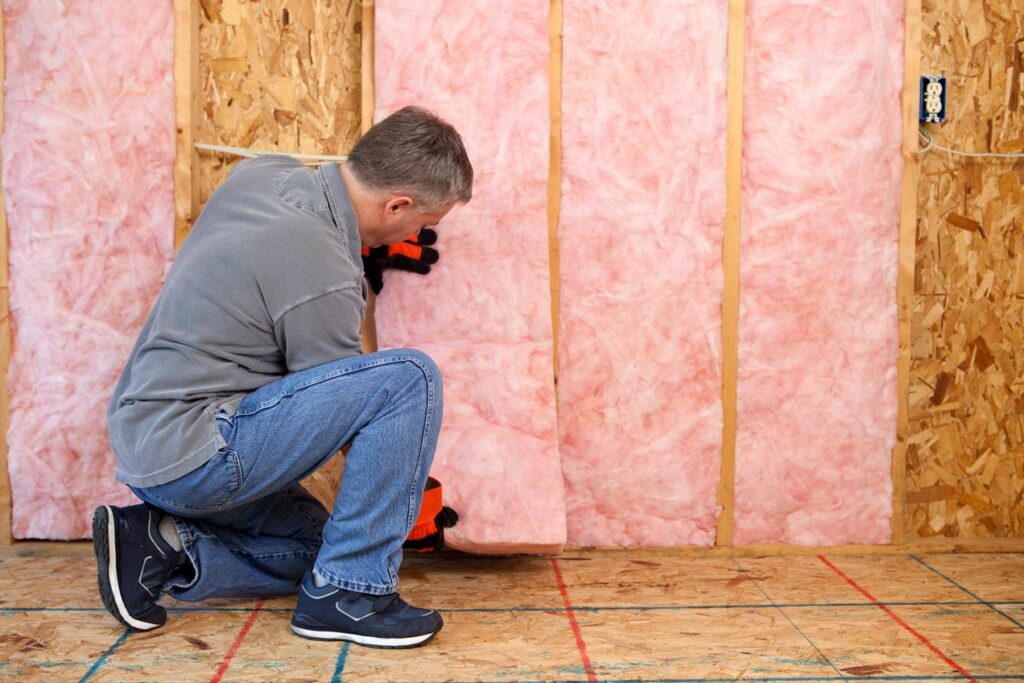
Moisture resistance
If you’re looking for a moisture-resistant form of insulation, mineral wool is the clear winner. Mineral wool is resistant to water, so it doesn’t get damp and provides good growing conditions for fungi, mould, mildew or other bacterial growth.
Glass wool, on the other hand, can get damp, as well as promote the growth of fungi, mildew and rot, causing its insulating properties to be severely reduced.
Fire resistance
Although both mineral wool and glass wool are non-combustible, mineral wool has far better fire-resistant qualities, so much so that it can be used as a fire stop. So, this is something to consider if where you’re installing insulation is going to be at risk of fire, and to what extent.
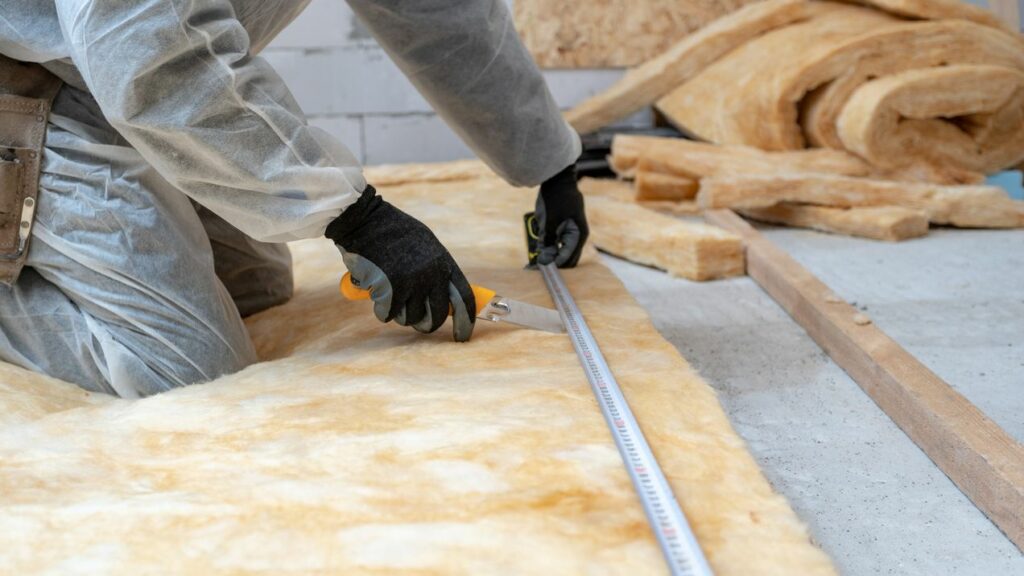
Cost
If you’re conscious of a limited budget, then glass wool may be the choice of insulation for you. It can cost around 10% less than mineral wool and still is effective at insulating your home to reduce heat loss and energy bills.
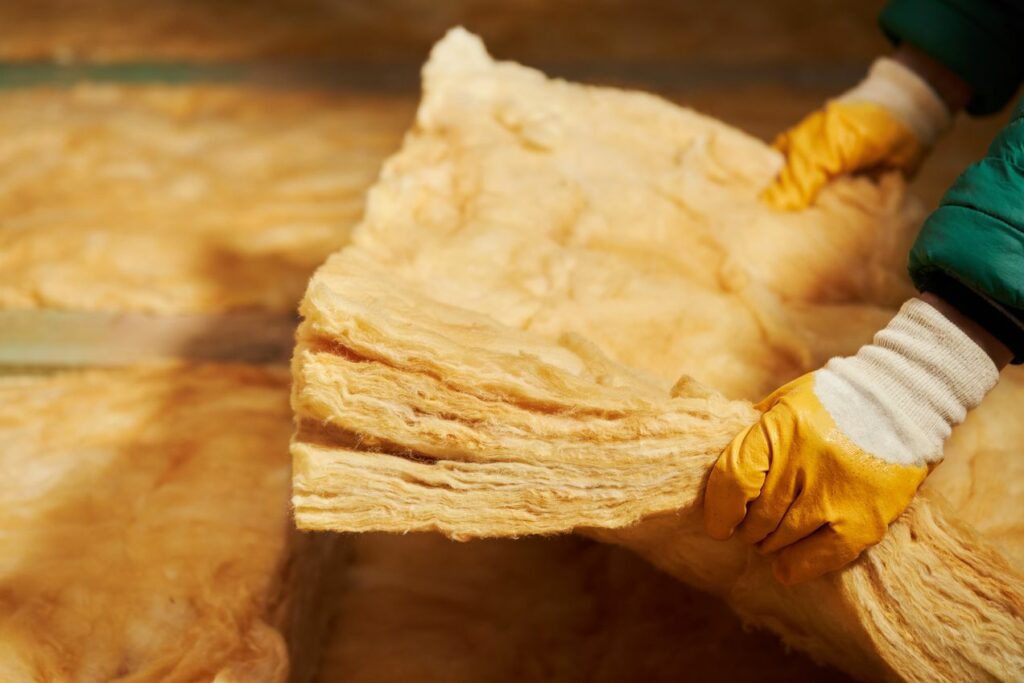
Final thoughts
Glass wool and mineral wool are both types of insulation materials commonly used in construction.
While both offer excellent thermal insulation properties, mineral wool tends to have superior fire resistance and moisture resistance compared to glass wool, making it suitable for applications where these properties are crucial, such as in high-temperature environments or areas prone to moisture exposure.
Additionally, mineral wool is denser and heavier than glass wool, providing better sound insulation capabilities.
Now that you know how these two insulation options compare, you can easily choose the right one for your specific needs.
Whichever form of insulation you choose, insulating your home is a great way to keep your home warm, prevent heat loss and reduce energy bills. Call our team of experts today for any queries or advice on 01752 692 206.













